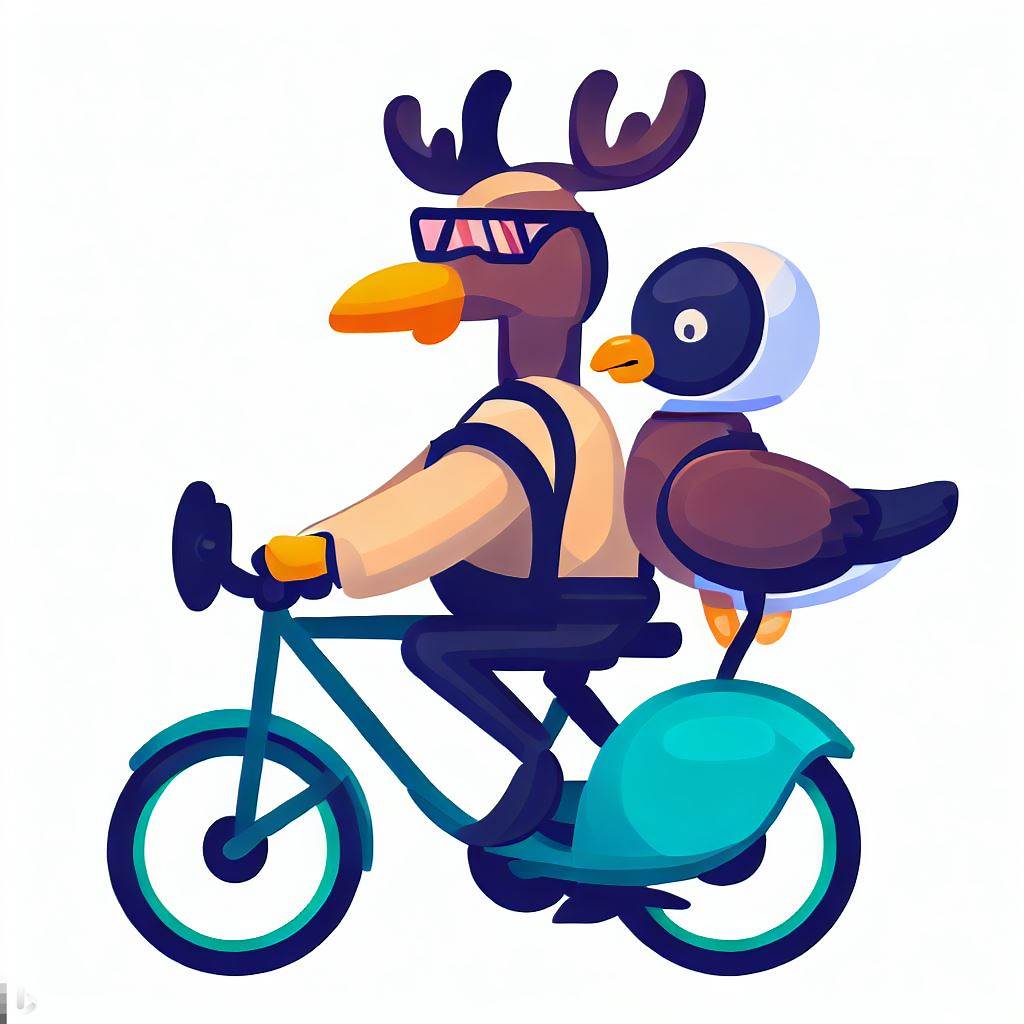Summary
Denmark will convert 15% of its farmland into forests and natural habitats over the next 20 years to combat fertilizer runoff, which has caused severe oxygen depletion in Danish waters and marine life loss.
The $6.1 billion plan includes planting 1 billion trees and acquiring farmland, addressing emissions from agriculture, Denmark’s largest greenhouse gas source.
The initiative supports Denmark’s 2030 goal to cut emissions by 70% from 1990 levels and makes it the first country to impose a carbon tax on agriculture under its Green Tripartite agreement.
I think Schleswig-Holstein should applaud and aid that initiative of our brothers in the north, we can offer a decent amount of wild pigs to populate those forests.
Be aware though that this is probably a ploy to have enough wood for a proper fleet to re-take Skåne.
So rather than finding alternatives they are just outsourcing the pollution? How environmental of them.
Denmark is primarily an agricultural exporter. They produce more than they use domestically
We already have solutions, they are largely not technological, but in changing what we consume and produce. Animal products produce substantially worse results compared to any plant-based foods across virtually every metric. Technological solutions don’t move the needle much as even worst case production of plants comes out ahead of the best case production of animal products
If I source my beef or lamb from low-impact producers, could they have a lower footprint than plant-based alternatives?The evidence suggests, no: plant-based foods emit fewer greenhouse gases than meat and dairy, regardless of how they are produced.
Have they specified the type of farmland being converted?
It’s worth noting the deal also specifically increases taxes for animal agriculture above a certain size/emission threshold
For farmland type, they are specifying low-lying soils as primary targets. Low lying soil specifically because reforestation/rewilding can have higher impact
Another important thing to note is that a large amount of farmland is used for feedcrop production in general around the world. For instance, around 90% of Denmark’s cereal crop production goes to animal feed



